Teseq CIP 9136A
Related Equipment
Description
The CIP 9136 probe has been manufactured to drawings and specifications laid down by QinetiQ. It meets the requirements for HIRF testing where conventional ferrite core material cannot handle the higher powers required (up to 1000 W), without changing characteristics when heated. Whilst having been initially designed to meet the specific requirements of Aircraft Testing from 10 kHz to 50 MHz, the CIP 9136’s unique non-ferrite core allows wide band performance from 4 kHz - 400 MHz, and above.
The CIP 9136 core material is highly efficient and thermally rugged, thus allowing very high injected levels to be achieved with lower RF input powers. The core material can withstand far higher powers than conventional ferrite (up to 1000 W), which change characteristics in relation to the temperature.
The probe material meets the requirements of ISO 11452-4, MIL-STD-461 CS114 and other standards. The probe performance can be measured using calibration jig PCJ 9201.
The model CIP 9136A received a mechanical improvement, in difference to the original CIP 9136, for a better core positioning. This is mandatory in the low frequency range and it improves the insertion loss.
- Technical Specifications:
- Frequency range:
- 4 kHz - 400 MHz
- Window diameter:
- 43 mm
- Outside diameter:
- 113 mm
- Width:
- 61 mm
- Weight:
- approx. 2 kg
- Input connector:
- Type N
- Max. input power:
- 1000 W
- Max. time for continuous operation:
- related to the core temperature
- Rating at 10 kHz / 1000 W:
- approx. 10 min*
- Rating at 100 kHz / 500 W:
- approx. 7 min*
- Rating at 150 kHz / 500 W:
- approx. 5 min*
- Rating at 1 MHz to 400 MHz / 400 W:
- approx. 3 min*
- Max core temperature:
- 90 C
- Turns ratio:
- 1:01
- Primary inductance @ 1 MHz:
- 4.7 uH typical
- Self resonant frequency:
- 12 MHz typical
- Impedance at resonance:
- 100 Ohms typical


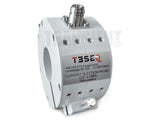
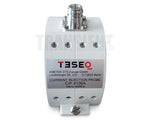
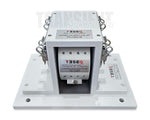
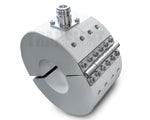
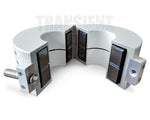
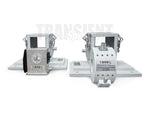
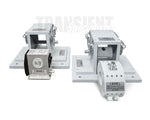
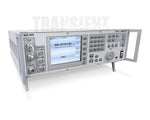
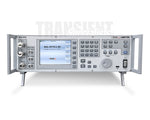
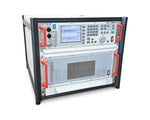
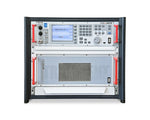
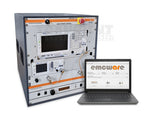
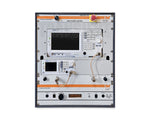
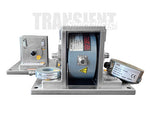
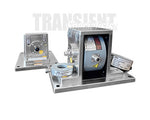
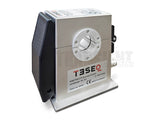
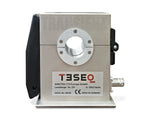
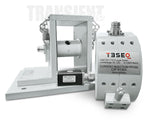
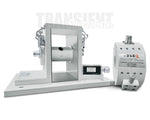
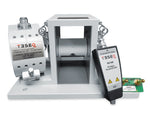
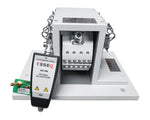
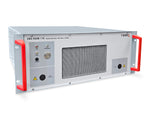
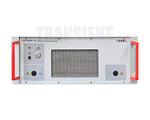
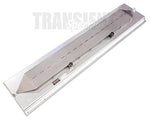
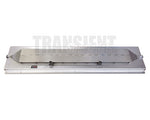
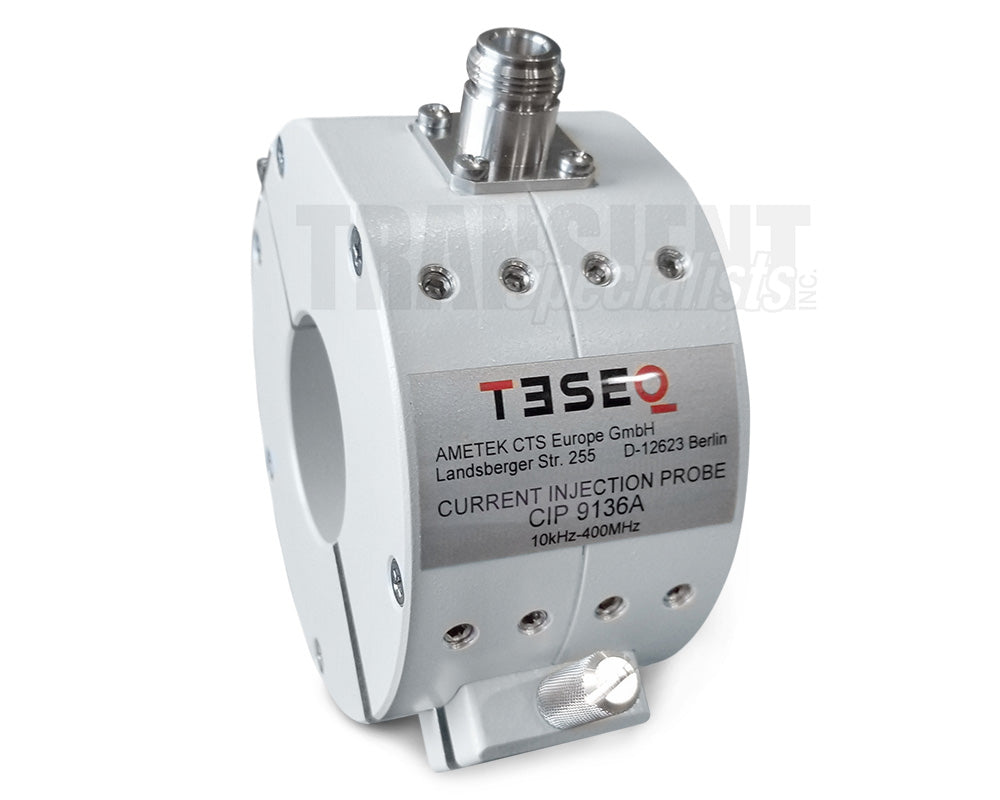

 info@transientspecialists.com
info@transientspecialists.com